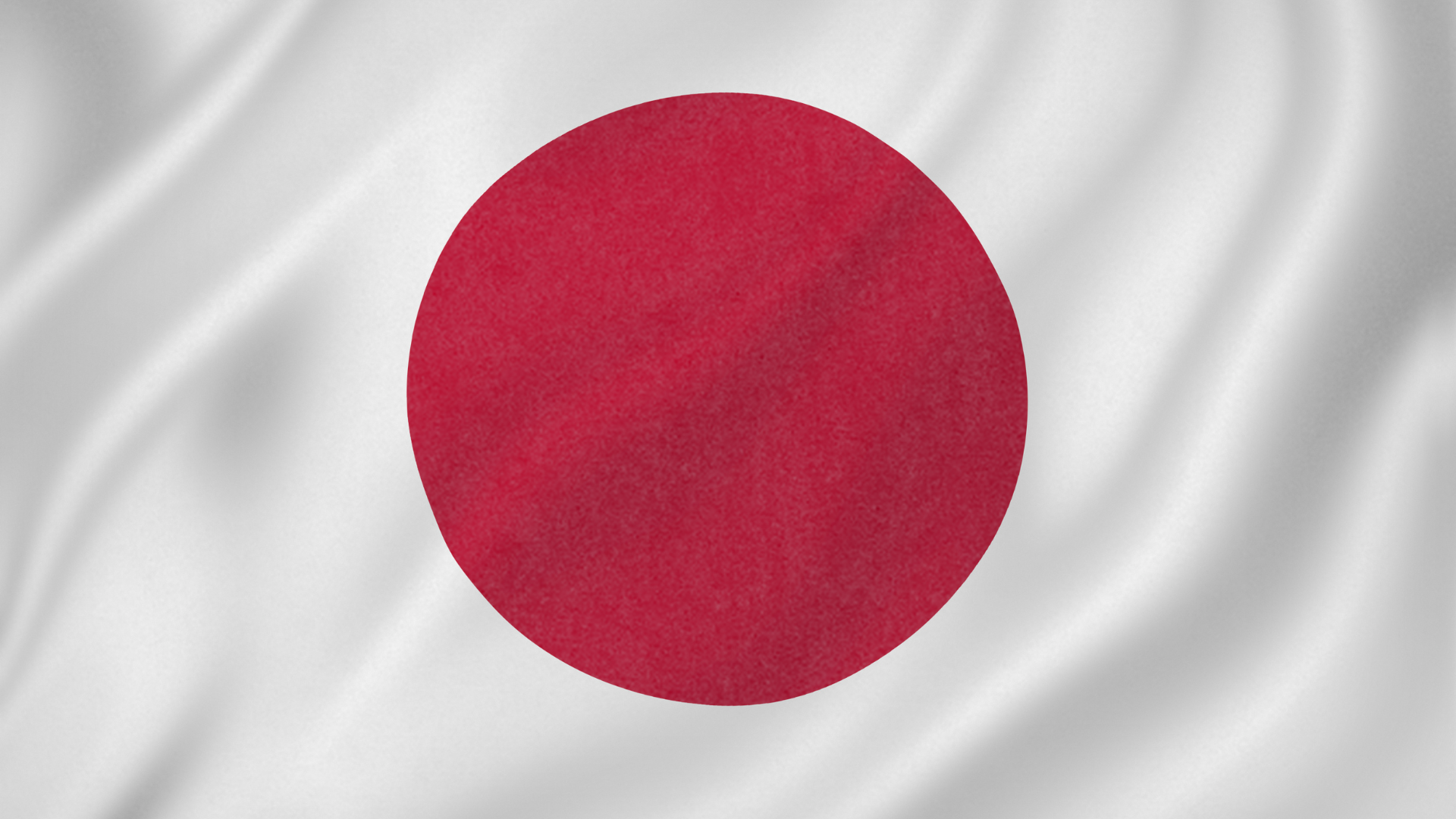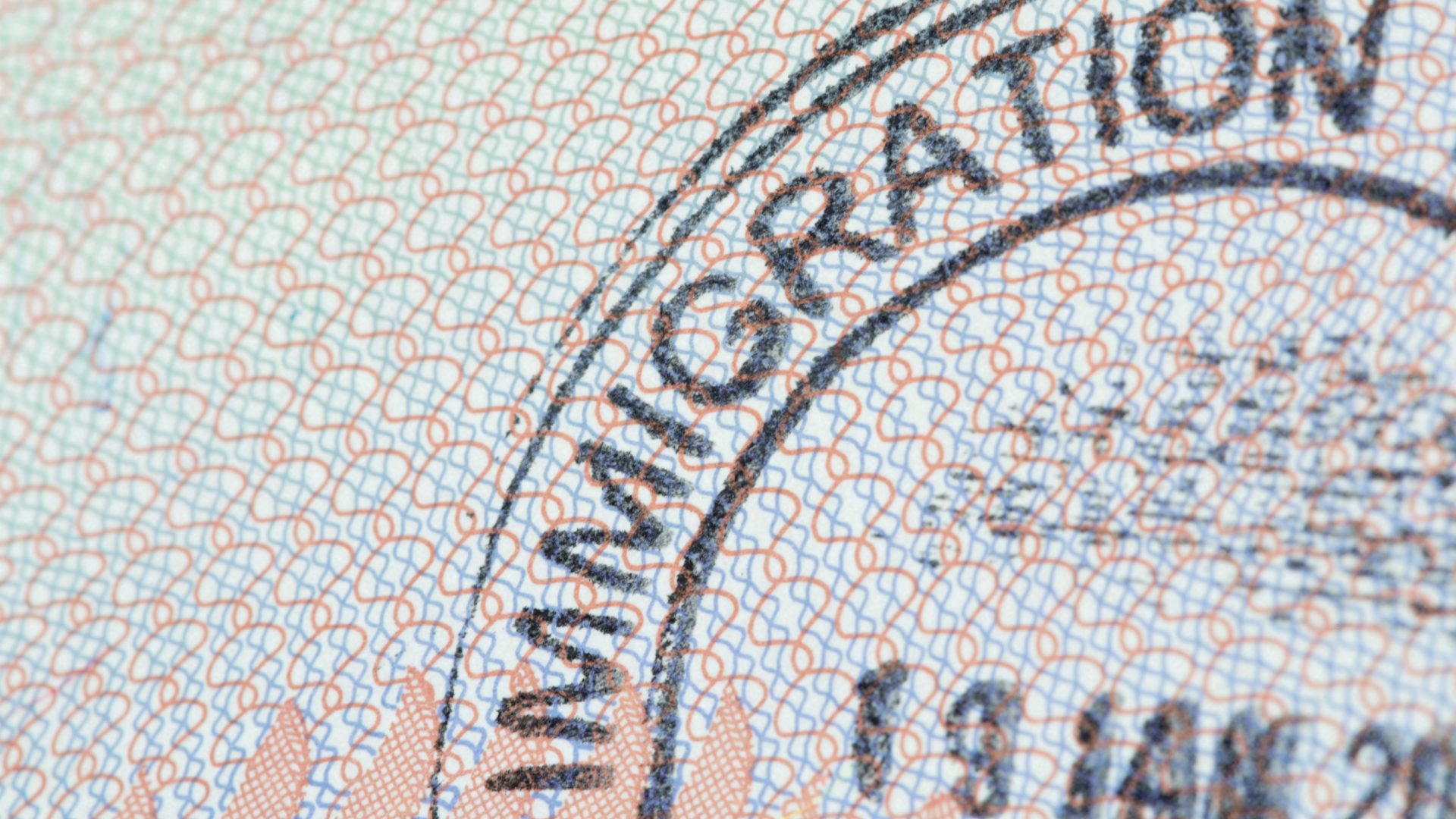Statistics from the Philippine National AIDS Council (PNAC) showed that there has been a constant increase in Human Immunodeficiency Virus (HIV) and Acquired Immune Deficiency Syndrome (AIDS) cases for the first six months of 2012.
In January, 212 new HIV Absero-positive cases were confirmed by the STD/AIDS Cooperative Central Laboratory (SACCL), which were reported to the HIV and AIDS Registry. As opposed to the same month in 2011, which only recorded 152 cases, it was higher by 39 percent.
The month of February, with 274 HIV cases, showed an increase of 72 percent compared to last year’s 159 cases.
With 313 HIV cases recorded, March had a more alarming increase of 82 percent, as compared to last year’s 172 cases. This has been said to be the “highest number of cases ever reported in the registry.”
It decreased slightly in April, with 233 HIV cases reported. But still, this showed a 36 percent increase to last year’s 171 cases.
It again increased in May, showing 273 HIV cases in the registry, which was 48 percent higher than last year’s 184 cases.
The month of June had a 66 percent increase, with 295 HIV cases reported, as opposed to 178 cases in 2011.
According to assistant secretary and spokesperson Eric Tayag of the Department of Health (DOH), 16 new AIDS cases were also recorded last month.
He said in various news reports, “This is one of the highest monthly new HIV cases in the country. We are on the second half of the year and we already have more than the 1,591 cases for the whole year of 2010.”
But more alarming, according to Tayag, are the figures in June showing that the additional 20 of those recorded cases were from injecting drug users (IDUs), recorded to have come from Cebu City.
“So all in all, there are 120 cases this year,” he said.
The rest of the cases were sexually contracted. However, 88 percent of the cases were caused by men-having-sex-with-men (MSM) wherein straight men and gays engage in sexual activity with other men for adventure and curiosity reasons.
This has confirmed earlier reports that there is indeed an alarming increase of HIV infections in the country, as caused by gay sex.
According to the United Nations’ Development Programme (UNDP), the Philippines is among the seven countries worldwide to have increased by 25 percent or more its HIV cases since 2001.
In a previous report, the virus has been said to claim 8 Filipinos daily.
The first HIV case in the Philippines was reported in 1984.
Take-home HIV test a no-no
The first over-the-counter or take-home HIV test called OraQuick that makes easy for Americans to privately check themselves for the virus has been approved recently by the US Food and Drug Administration (US FDA), as reported by several news sources. But it won’t be permitted sale in the Philippines, according to DOH.
Tayag stated two reasons why it doesn’t allow the take-home tests in the country.
First, it was allowed in the US because of its high HIV prevalence rates, which is unlike in the Philippines with low prevalence rates, he said. In the US, there are about 1.2 million HIV carriers, wherein one-fifth of these carriers are unaware they have contracted the virus.
Second, a home-test would prevent proper reporting of HIV cases in the country. “Meron tayo niyang home testing, halimbawa. Sa tingin mo ba ire-report mo pa sa amin yan? Hindi na yan magre-report,” said Tayag.
OraQuick collects data through mouth swab, and results may appear in about 20 to 40 minutes. However, US FDA admitted said test is still not 100 percent accurate.
Alphabet Prevention
Several health experts continue to warn individuals of unprotected sex. PNAC advised to practice the A-B-C-D-E of preventing AIDS:
- A – Abstinence
- B – Be faithful (having a mutual monogamous relationship)
- C – Careful Sex (No exchange of body fluids)
- D – Don’t share needles/ sterilized needles
- E – Education and Information
Currently, no effective treatment has been discovered to cure HIV/AIDS.
But scientists from Shanghai, according to their research published in the Journal of Virology, claimed of a progress in their search for an HIV vaccine. Clinical trials on humans are said to start three years from now.
Several attempts to find HIV vaccines, however, failed in the past.





